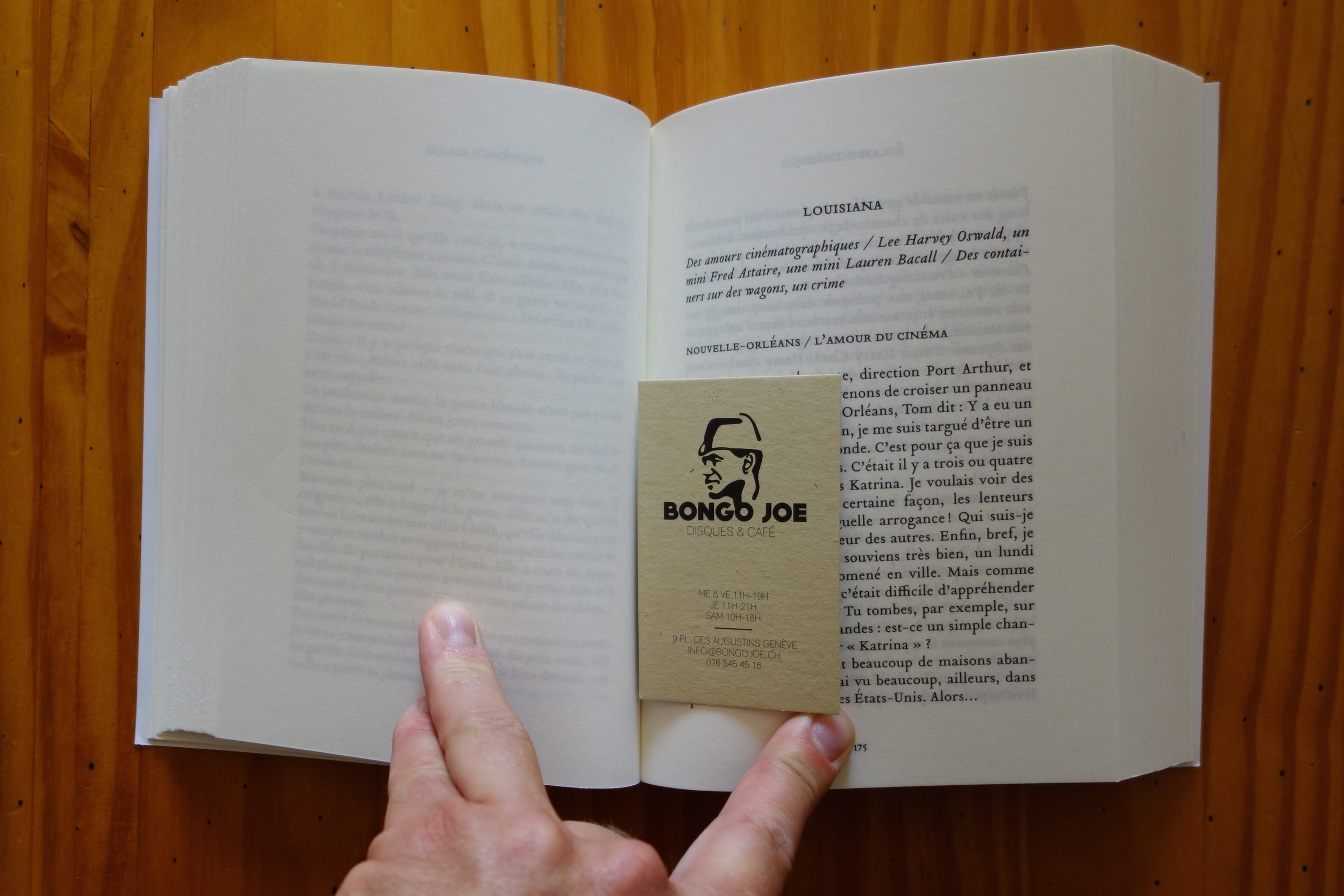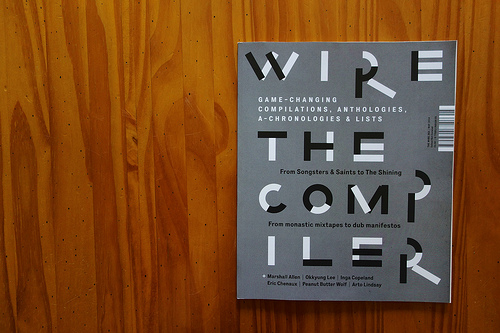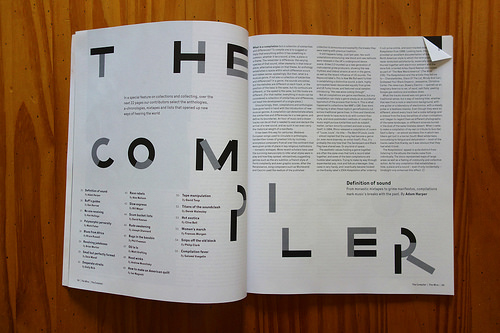This is the second interview of the series I started last week, based on my recent book about future, sci-fi and design fictions. After Warren Ellis, here's Bruce Sterling (whose blogging have moved to this wonderful tumblr called 'Wolf in Living Room':
NN: In your opinion, as a science-fiction writer, how to you perceive this difficulty to go beyond the standard visions of "the Future" (from flying cars to humanoid robots)?
BS: At SXSW 2014 I was on a panel with Warren Ellis, Joi Ito and Daniel Suarez where an interesting atemporal design-fiction issue came up. We science fiction writers were discussing the problem of inventing something far-fetched, satirical, extrapolative or socially critical and then discovering that it was already commercially available on the shelves of Wal-Mart. This was immediately called the "Wal-Mart Problem."
Atemporally speaking, it’s clearly possible to write a form of "futuristic" science fiction in which all the "sci-fi gadgets" are already real objects in Wal-Mart. No science-fiction reader can possibly know the entire Wal-Mart catalog, so it might be possible to write a thing like this without anybody realizing it, as in recent William Gibson books where the weirdest and most far-out things -- airborne fish, giant Ekranoplans and so forth, are all existent technologies.
Now that social crowdfunding is available it will probably be impossible henceforth for any journalist, critic or historian to determine if a gadget ever "really existed," or for how long, or in what precise circumstances. So the apparent lines between designs and design fictions will get more and more blurred.
Daniel Suarez, who is a rather literal-minded guy with a lot of engineers and coders in his readership, is quite worried about the "Wal-Mart Problem," he feels it hurts his credibility. My own feeling is that it’s not a "problem" but a condition which will get bigger and bigger. I even wonder if it’s possible to LIVE in the Wal-Mart problem deliberately, like literally furnish an apartment with items of these kinds.
NN: Sure it hurts SciFi writers’ credibility (and probably scientists’ credibility as well) but – I would say – what can he do ? The only tech realms where this problem might vanish corresponds to hard science like quantum physics, hyperchord/string theory and/or crazy neuroscientific exploration… simply because this type of science can be unlegible to normal humans. But what can he do?
BS: He can write fantasy about alien planets, vampires, zombies and flying dragons, of course. That’s where the genre in fact went, as a commercial enterprise. Nobody fusses about the Wal-Mart problem in GAME OF THRONES.
I’ll pose you this puzzle: if there’s a "critical design" that’s brilliantly illuminating as design fiction, and it turns out that it once really existed among a small group of Belgians in the period 1998-2001, does that make it any better or worse as an act of critical design? Why is that even a criterion of success in the first place? The Near Future Laboratory video "Corner Convenience" has caffeine in Jack Daniels, but anybody can put caffeine in Jack Daniels, you just pour some whiskey into your coffee. That doesn’t dilute the conceptual impact of that diegetic prototype within the space of the Near Future Lab video.
Of course this "Wal-Mart Problem" mostly applies nowadays to modest gadgets of the Makerspace and Wal-mart shelf variety, nobody is going to Kickstarter for a nuclear power plant any time soon.
NN: You have an interest in the role of new media artists and designers in exploring future scenarios. Do you think it can be considered as a good follow-up work to what sci-fi writers used to do?
BS: Yeah, the means of production and distribution in the early days of science fiction and design were much cruder and more folksy, and characters like Ford, Edison and Marconi, were very much weird, self-educated tinkerers. Hugo Gernsback’s early radio experimentation magazines were hugely similar to MAKE magazine nowadays, and "Popular Mechanics" is so much like Makers that the latest issue of Popular Mechanics is all about Makers. Design and science fiction were emerging out of the same print-cultural compost heap of the pre-radio, pre-TV 1920s.
However, when you point out that design has "taken away the baton from Sci-Fi," it would be more accurate to say that the baton has been taken away from all forms of print media, including journalism and history. Only search engines have that baton now. They don’t hold that baton very well at all.
The "Wal-Mart Problem" isn’t so much a problem as a new historical sensibility. In my book SHAPING THINGS I was postulating that we might get to a space where nobody really cares if a "real" object really "exists" at all; a spime can probably be made to exist if enough energy is thrown at it, and the real social issue is figuring out how to get rid of them, not to invent them or conjure them up.
I’m always happy when my pet interests in dead media, atemporality, network society, ubiquity and augmentation reveal some deeper unities. There’s a metaphysical issue there: how do we know what we know that we know? -- and if the media mechanisms by which we build canons of futurity and history are in disruption, then atemporality must be the order of the day, it seems to me. In that Transmediale speech I was urging people not to fear this prospect but to creatively experiment with it, and "design fiction" seems to me to be properly suited to do that; more so than science fiction, which is always trying to sneak into the literary dignity of paper book covers and proclaim, look at me, I’m a classic for the ages now, just like Wells and Verne.

























